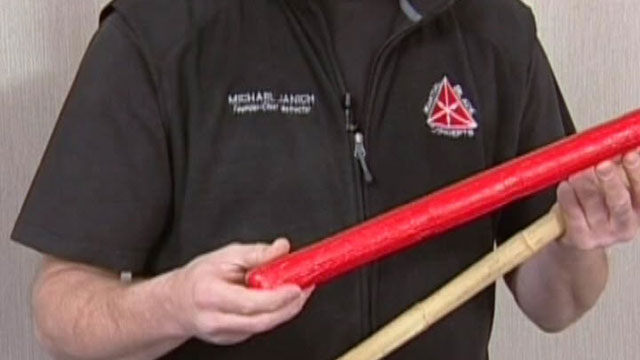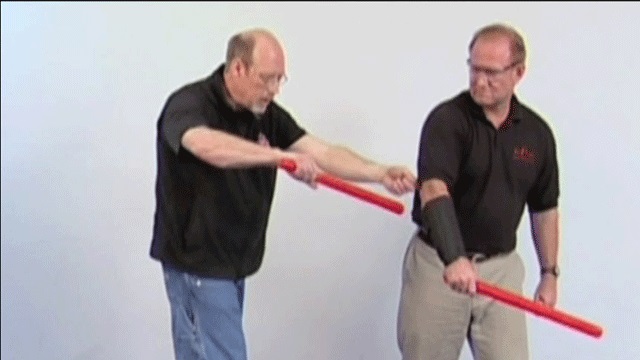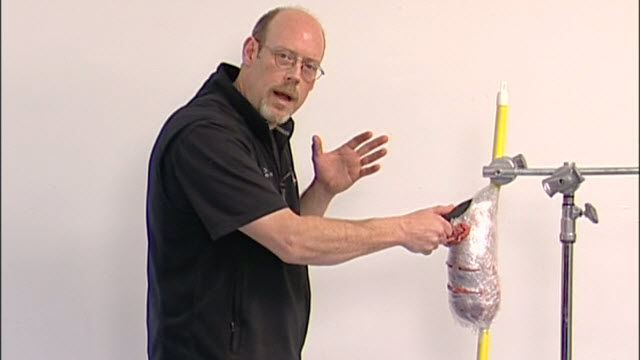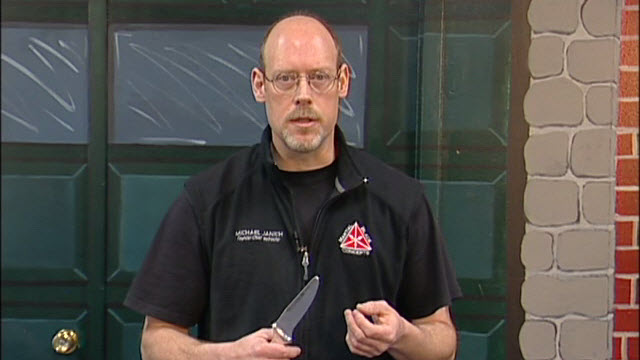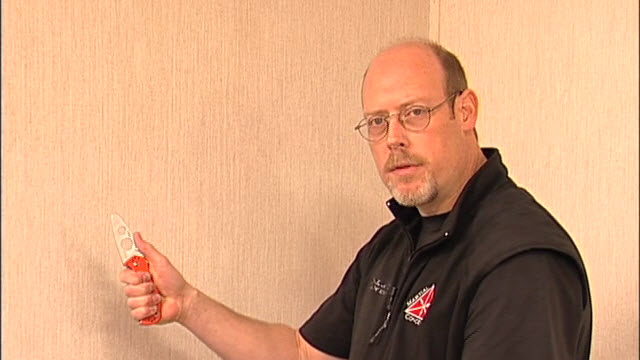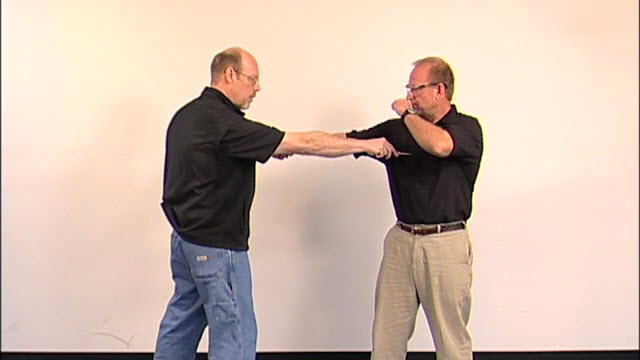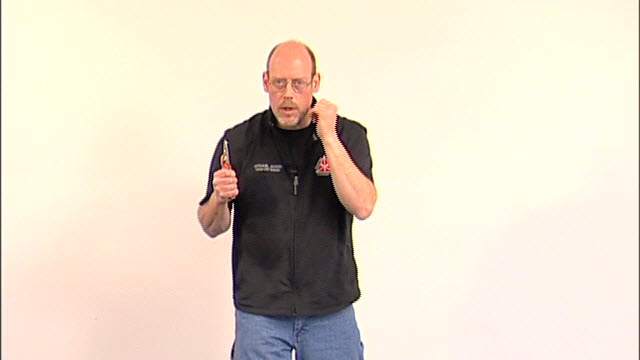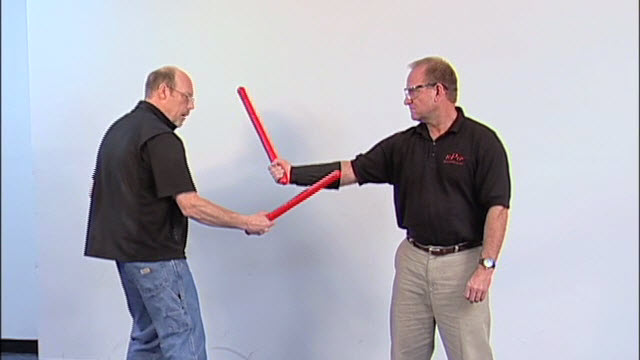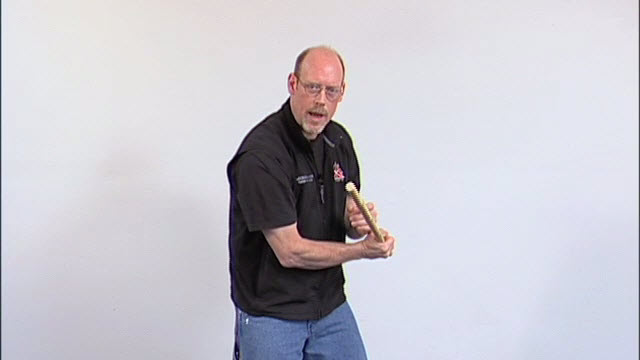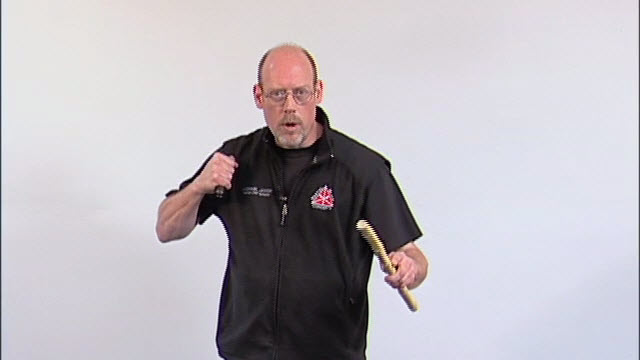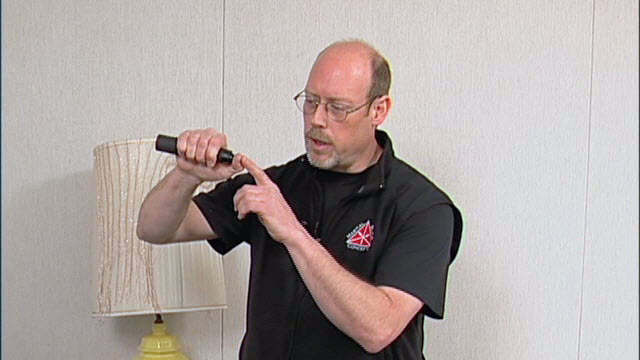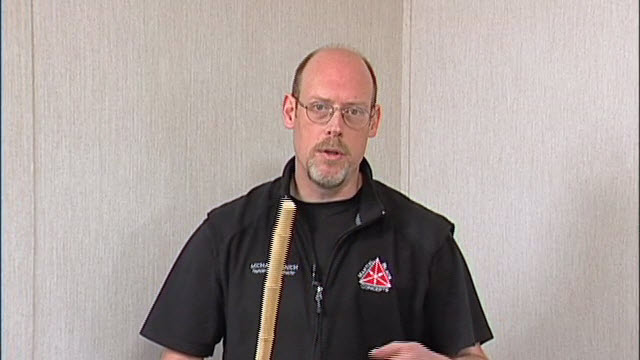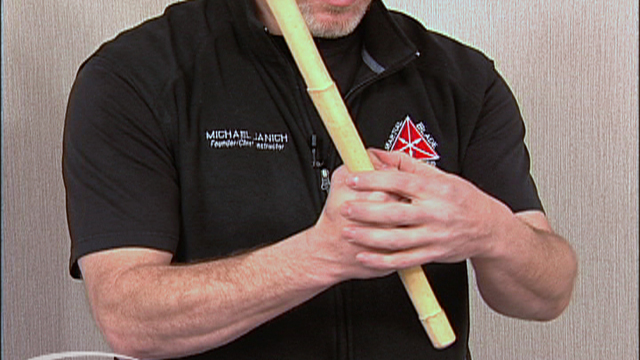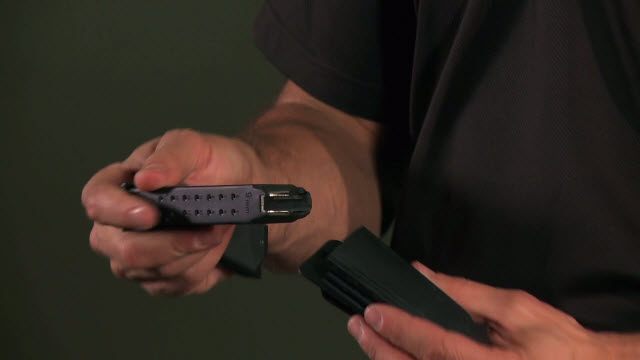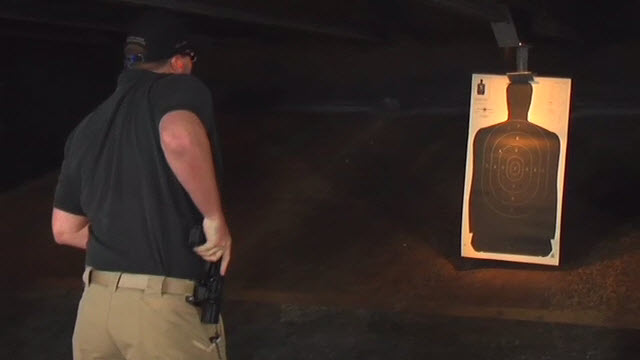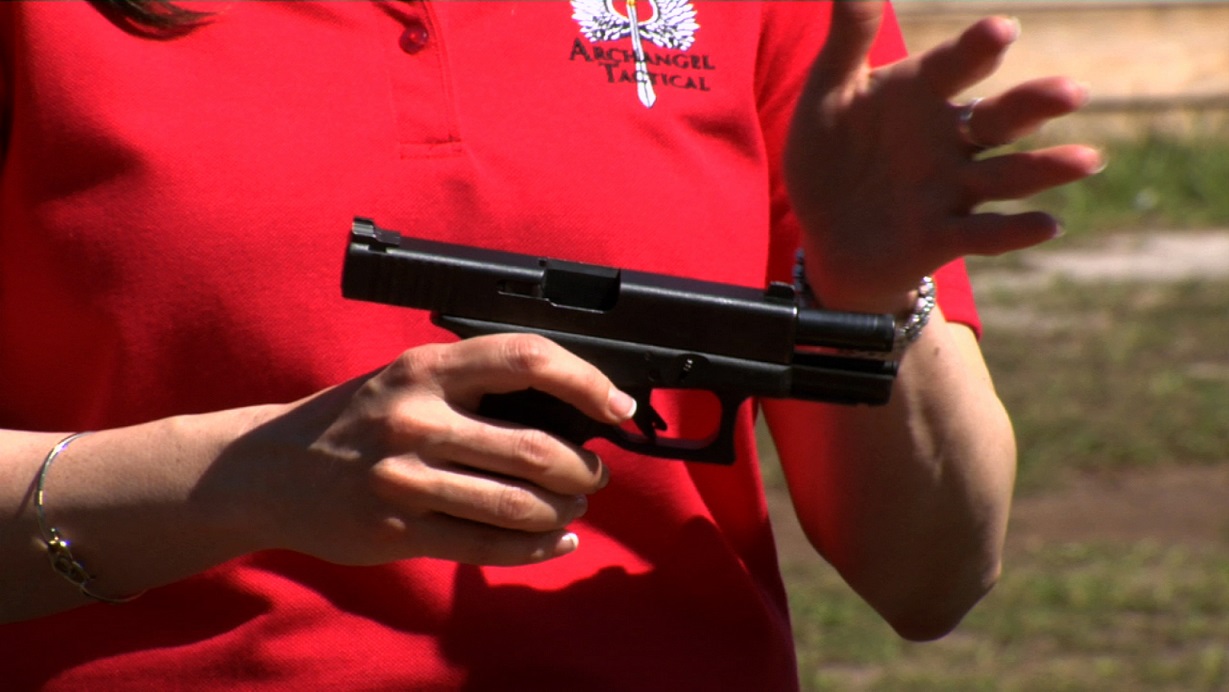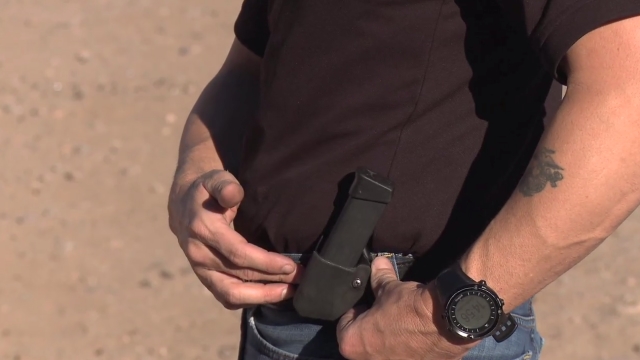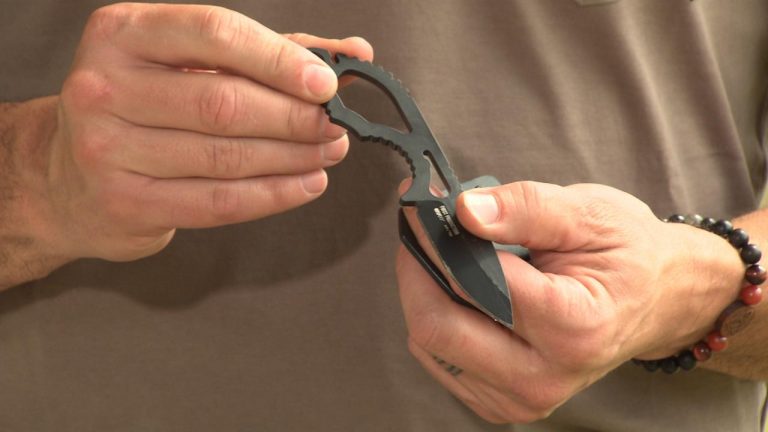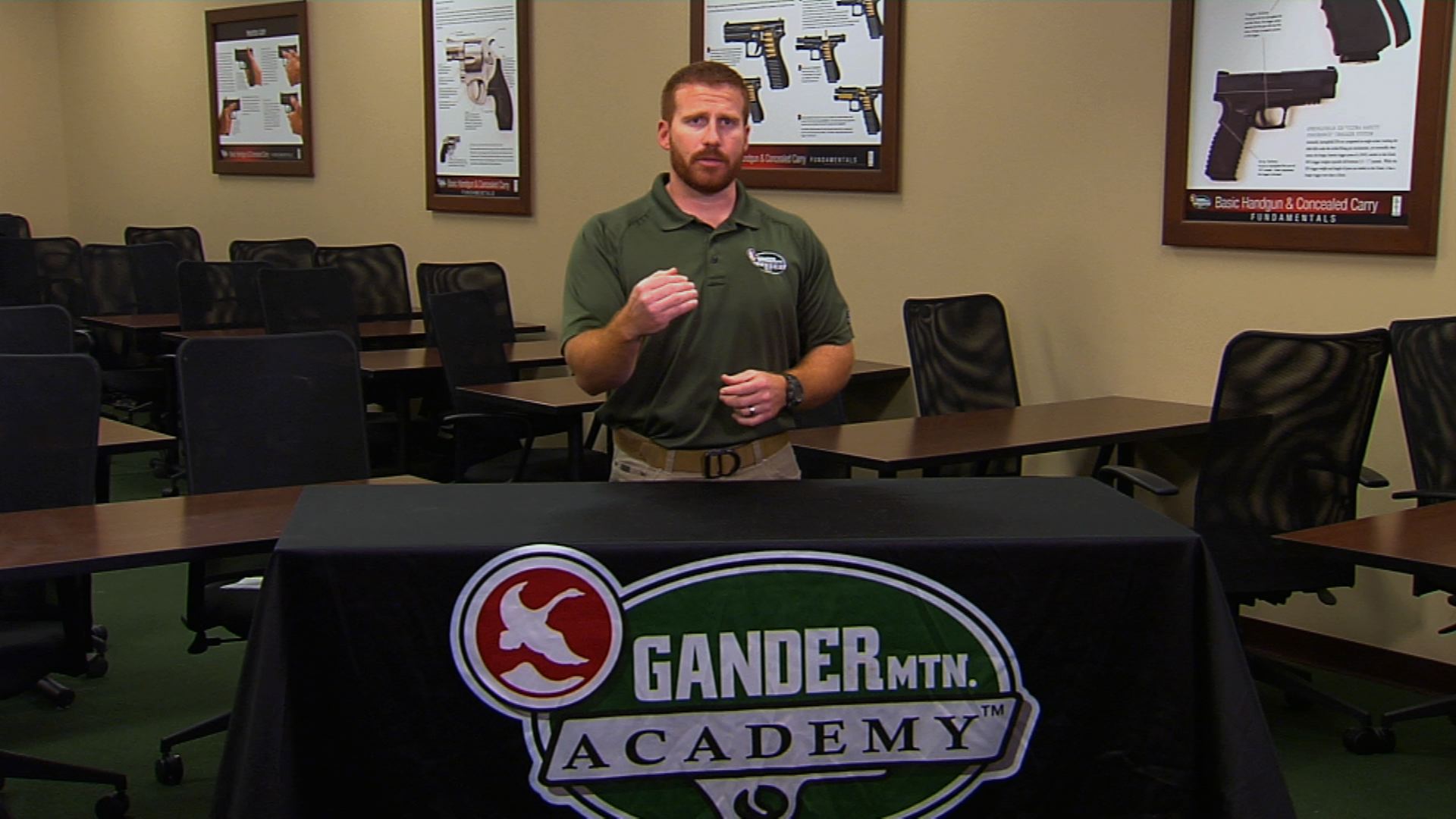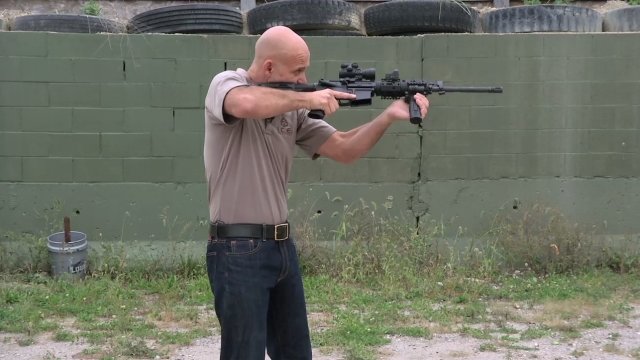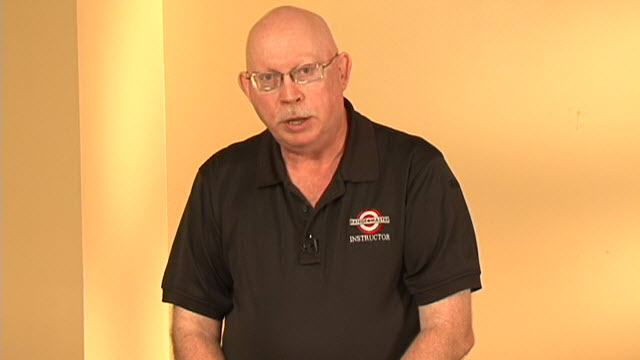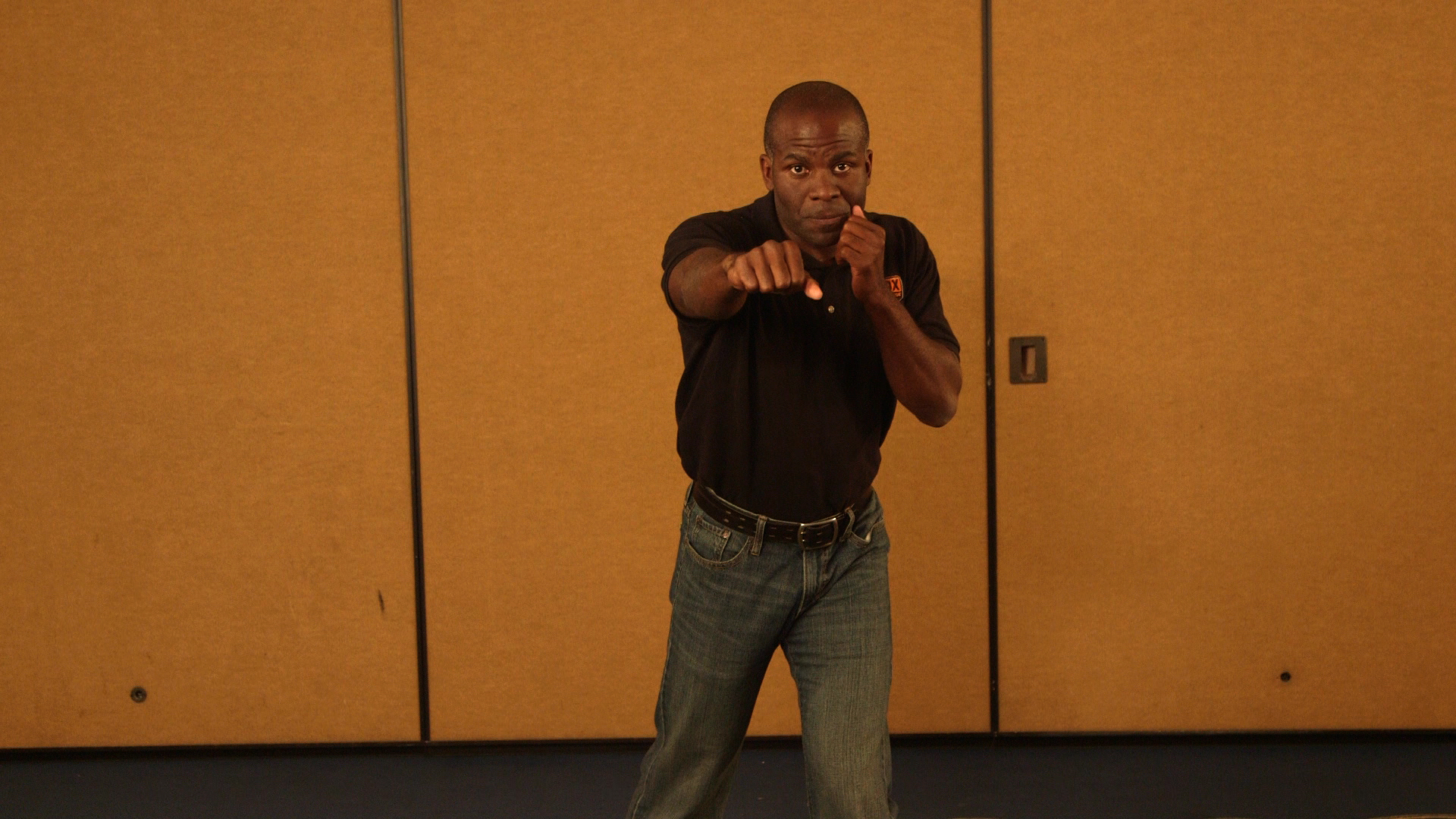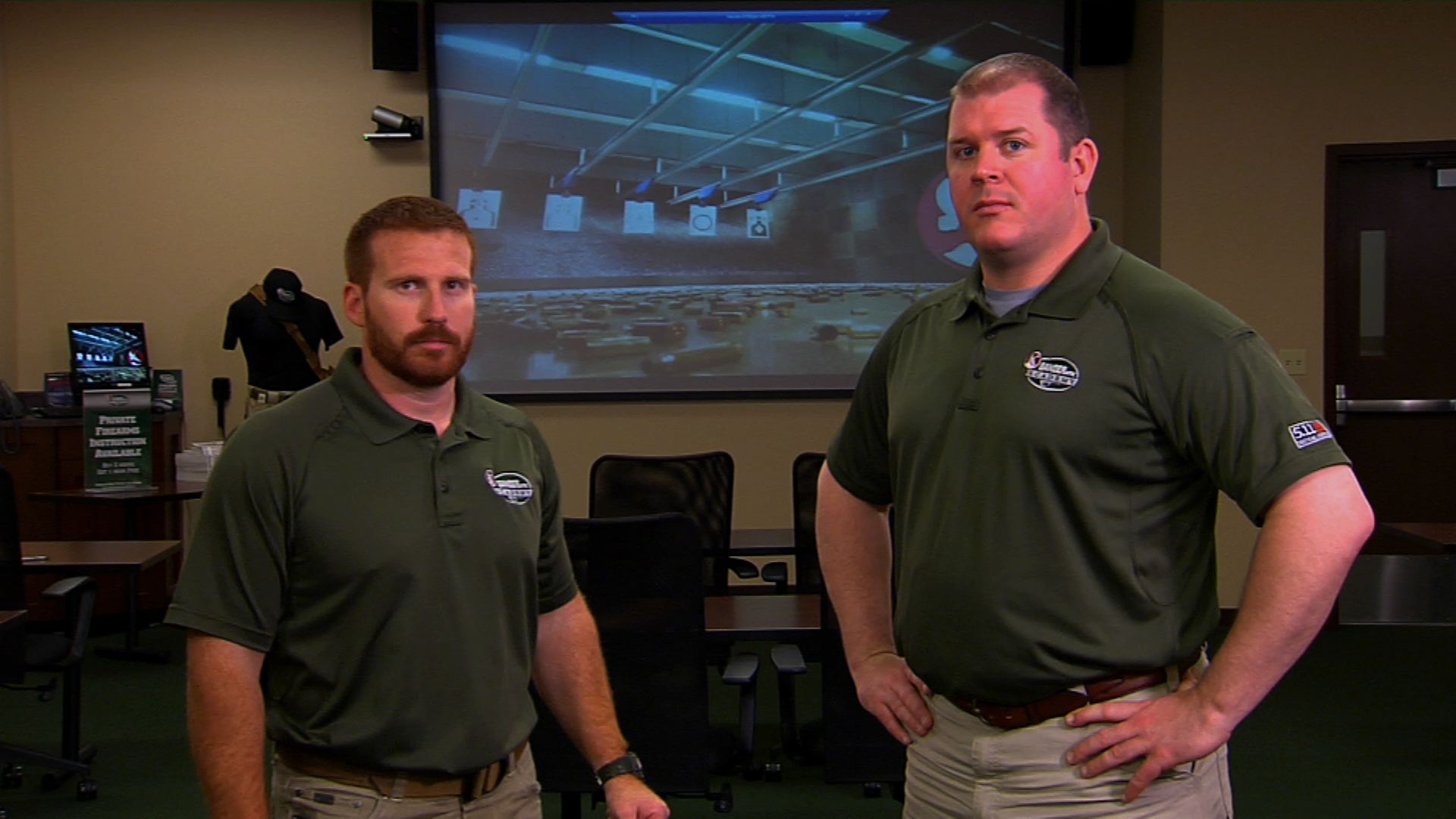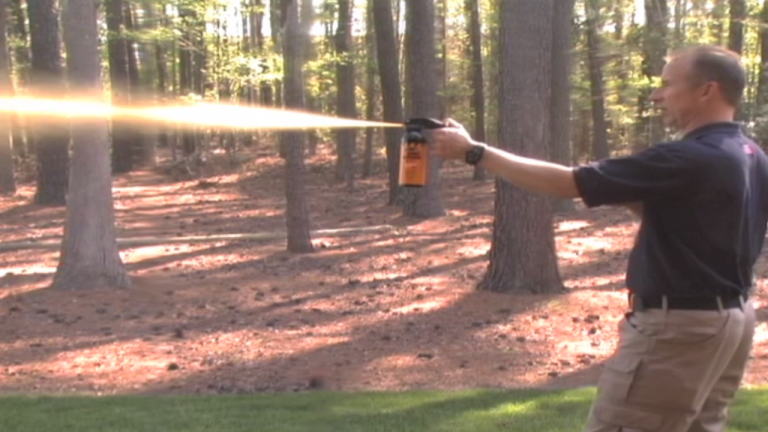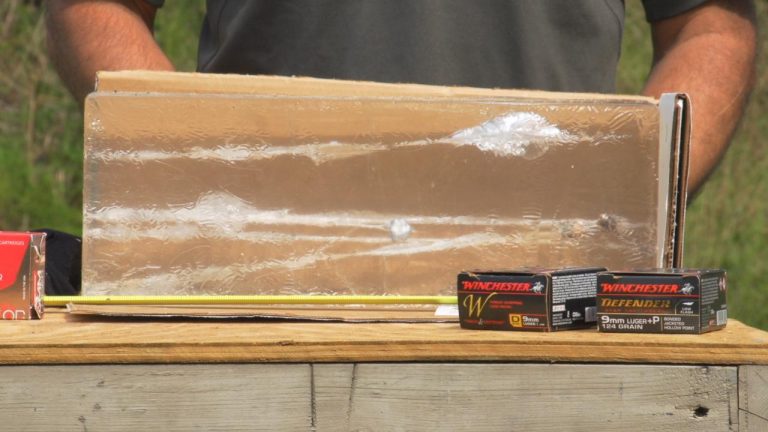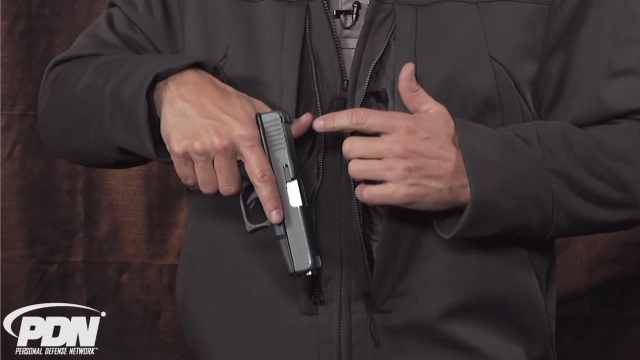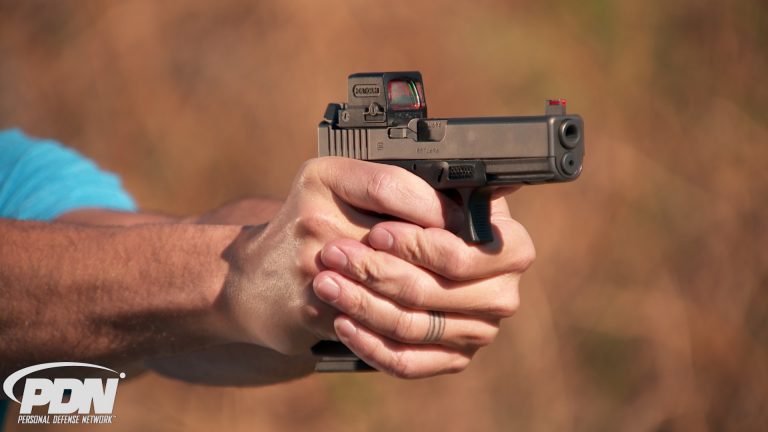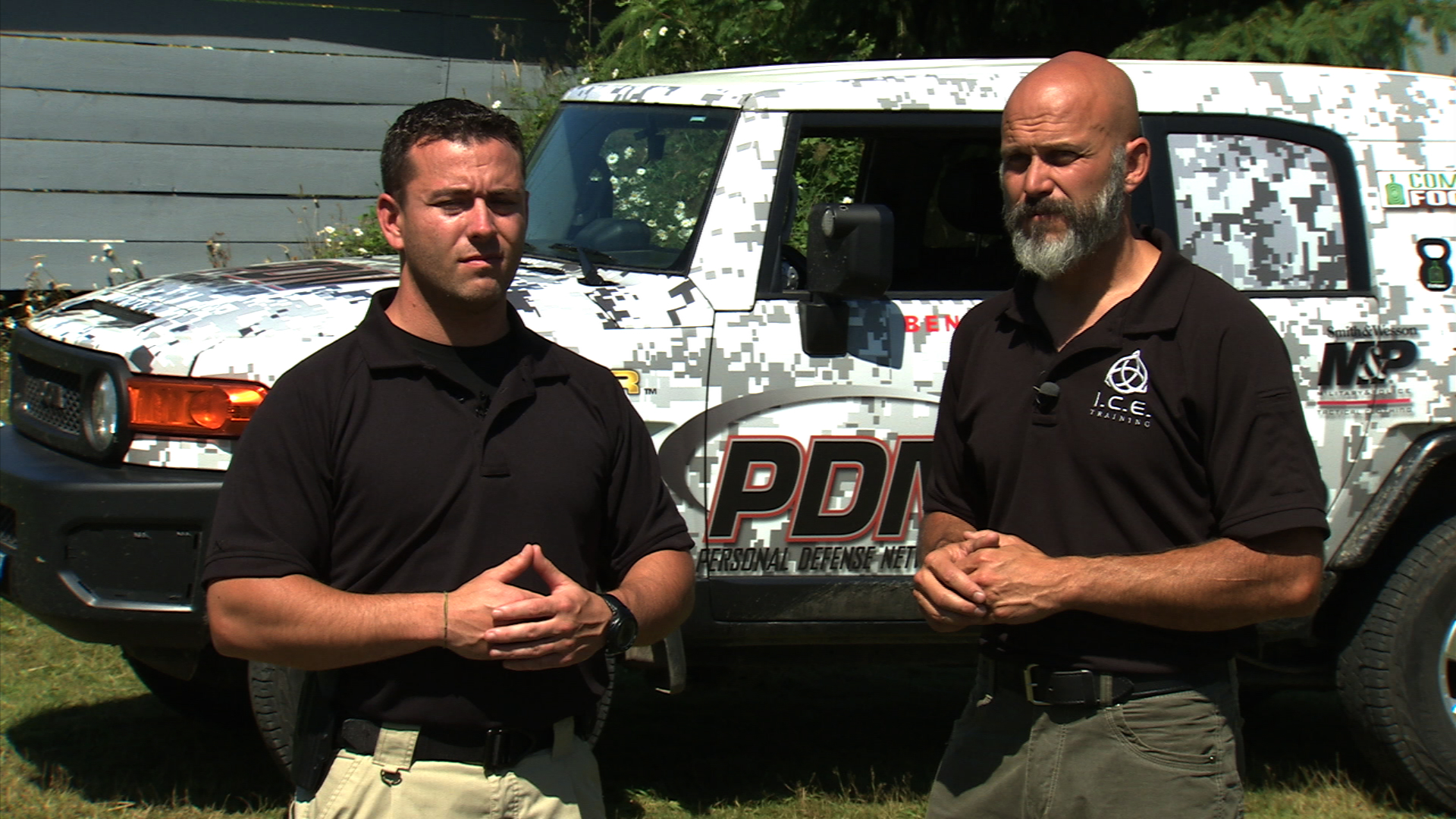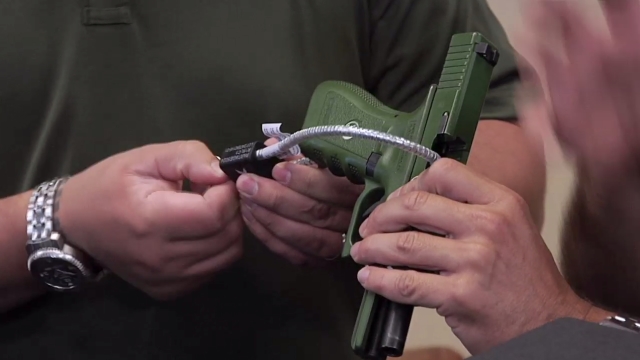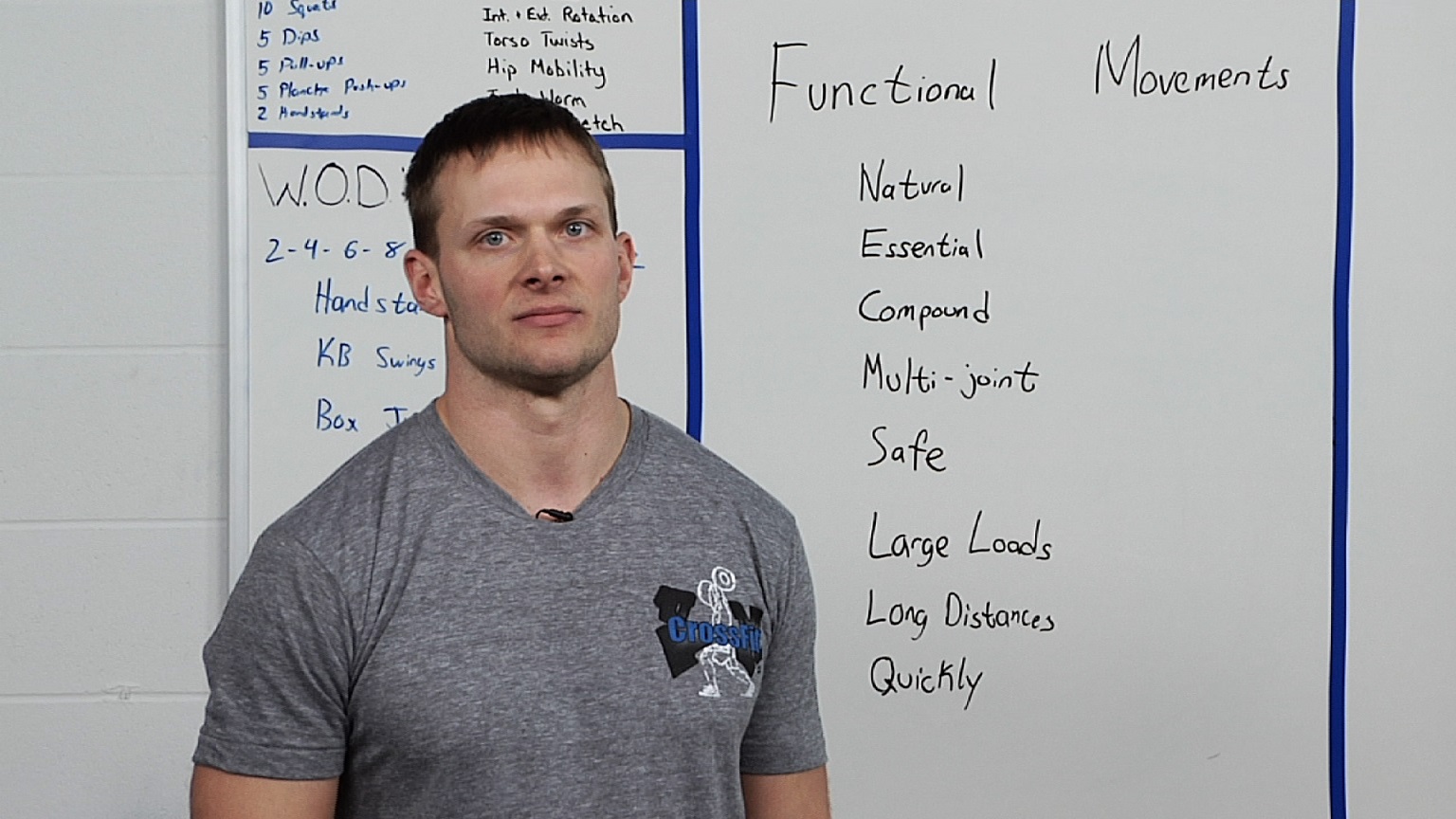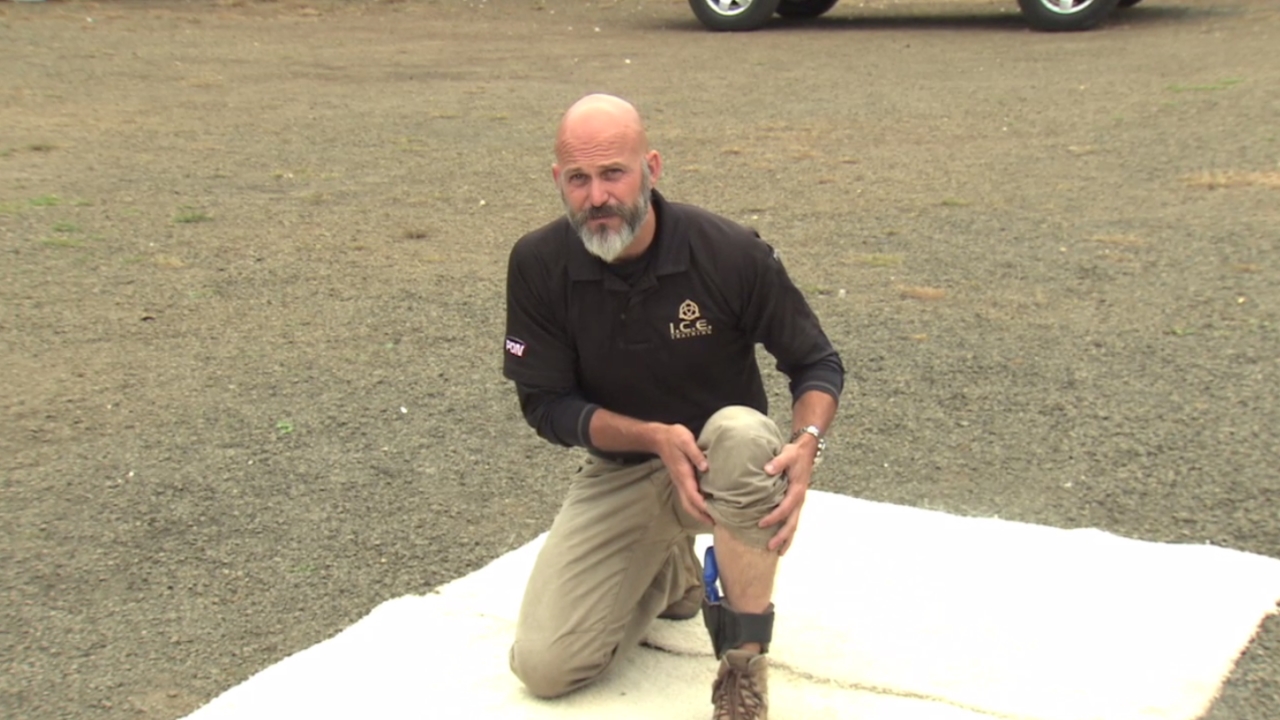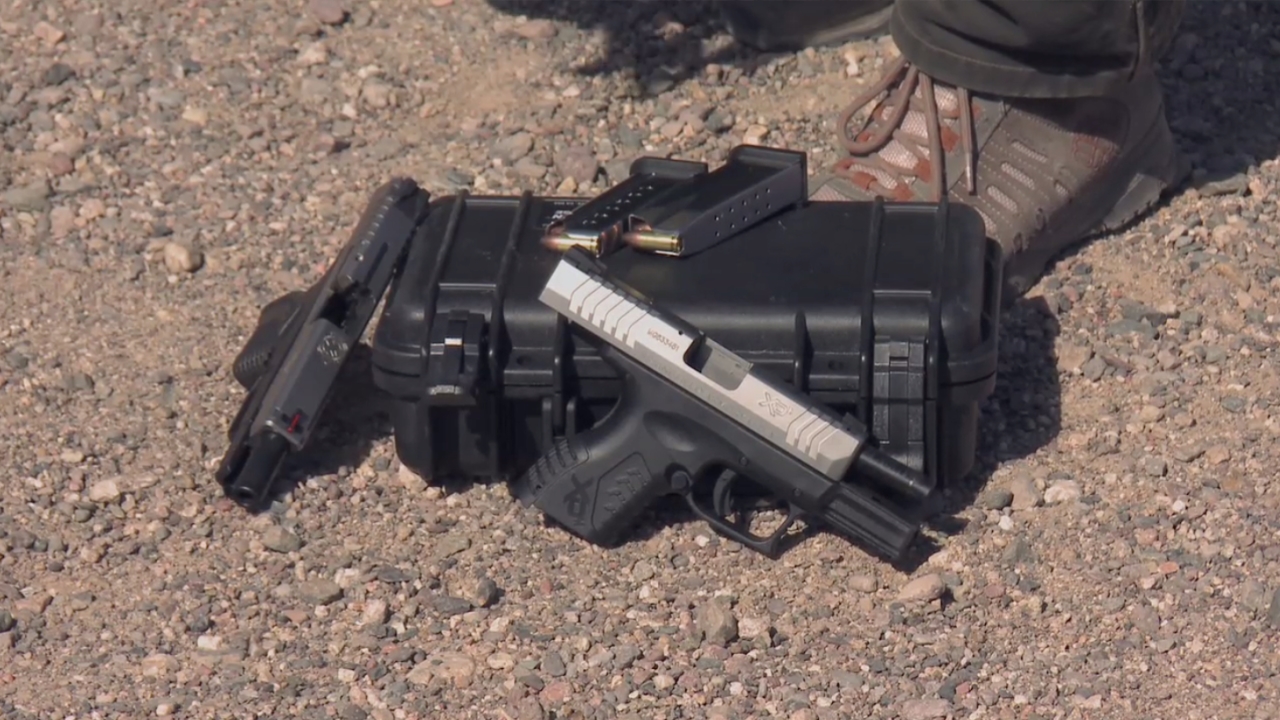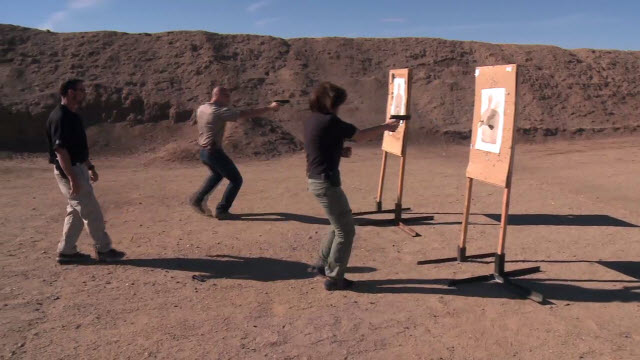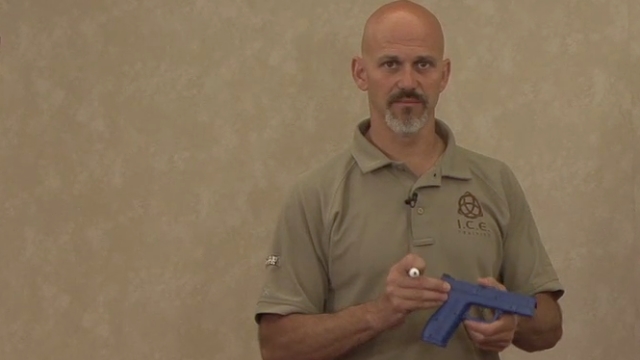
Knife Stopping Power
Michael Janich
Self-defense is all about stopping power, or stopping an attacker from being dangerous to you. Michael Janich shows you the difference between being effective with a knife and being efficient. Being efficient involves targeting the parts of an attacker’s body that allow him to pose a threat to you. He highlights the primary target areas that you should know about. The first includes the muscles and flexor tendons in the forearm that activate and control the fingers. Damaging these will affect your target’s ability to grip his weapon. Next are the biceps and triceps in the upper arm. If you can eliminate these two muscles, your attacker will not be able to bend and extend his elbow. The last area is the quadriceps muscle in the leg. By slicing this muscle, you take away the leg’s ability to support the body’s weight.
Explore videos by Michael Janich
You may be interested in
Premium Membership
Unlock exclusive member content from our industry experts.
- 24/7 Access to Premium Personal Defense and Firearm Training Videos and Drills
- Step-by-Step Instructional Demos and Guides
- 50% Off Video Downloads Purchased in the Personal Defense Network Shop
- Access to Ask the Expert Program
Unlock exclusive member content from our industry experts.
- 24/7 Access to Premium Personal Defense and Firearm Training Videos and Drills
- Step-by-Step Instructional Demos and Guides
- 2 Full-Length Video Downloads to Watch Offline
- 50% Off Video Downloads Purchased in the Personal Defense Network Shop
- Access to Ask the Expert Program
Gold Membership
$340 Value
Get everything included in Premium plus exclusive Gold Membership benefits.
- 24/7 Access to Premium Personal Defense and Firearm Training Videos and Drills
- Step-by-Step Instructional Demos and Guides
- 9 Full-Length Video Downloads to Watch Offline
- 2 Full-Length Personal Defense Classes to Keep for Life
- 2 In-Depth Skill Development Presentations
- Discounts on Purchase-to-Own Content in the Personal Defense Network Shop
- Access to Ask the Expert Program
- Exclusive GOLD LIVE Streaming Events
